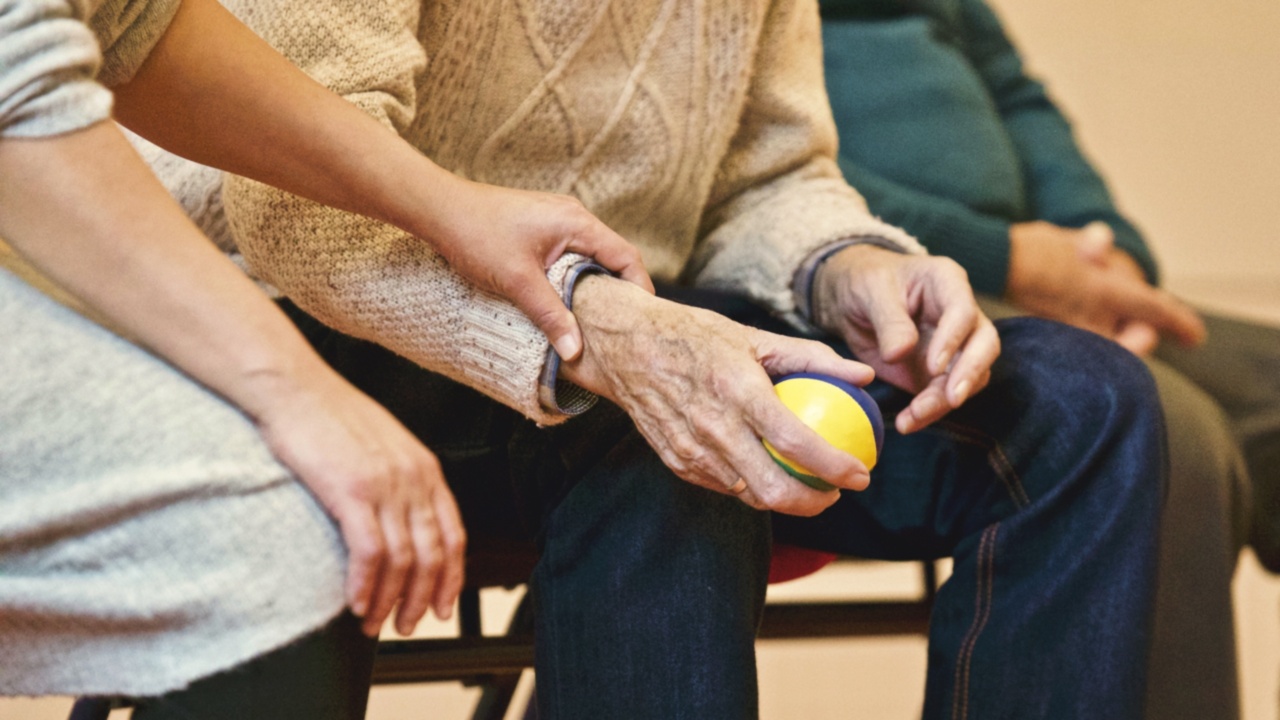A seizure is a sudden, uncontrolled electrical disturbance in the brain that can cause changes in behavior, movements, and consciousness. It is a symptom of various neurological conditions and can occur in people of all ages.
Witnessing someone experience a seizure can be a frightening and overwhelming experience, but there are steps you can take to help ensure their safety and well-being. In this article, we will discuss how to assist a person experiencing a seizure.
Recognizing the Signs of a Seizure
Before you can provide assistance, it is important to be able to recognize when someone is having a seizure. Not all seizures look the same, and they can present in different ways depending on the individual. Some common signs include:.
- Loss of consciousness
- Involuntary muscle contractions
- Twitching or jerking movements
- Staring spells
- Confusion or disorientation
- Unresponsiveness
- Loss of control of bladder or bowel
Creating a Safe Environment
When you notice that someone is having a seizure, it is crucial to create a safe environment for them. Here are some steps you can take to ensure their safety:.
- Gently guide the person to the ground, if they are standing or sitting, to prevent falls and injuries.
- Clear the surrounding area of any objects that may cause harm during the seizure.
- Cushion the person’s head with a soft object, such as a folded piece of clothing, to prevent head injuries.
- Loosen any tight clothing around the person’s neck to facilitate breathing.
- Do not restrain the person or try to stop their movements. Allow the seizure to run its course.
- Time the duration of the seizure. If it lasts for more than five minutes, call emergency services.
Protecting the Person from Injury
During a seizure, individuals may experience intense muscle contractions and spasms, which can increase the risk of injuries. Here’s how you can protect the person from harm:.
- Do not insert a spoon or any other object into the person’s mouth. Contrary to popular belief, it is virtually impossible for someone to swallow their tongue during a seizure.
- If possible, turn the person gently onto their side to prevent choking or aspiration of fluids.
- Avoid holding the person down. Instead, create a cushioned barrier around them to prevent injury from hitting objects or hard surfaces.
- Stay with the person until the seizure is over and they have fully regained consciousness.
Offering Post-Seizure Support
When the seizure ends, the person often remains disoriented or confused. Providing post-seizure support can help them transition back to normalcy. Here are some ways you can offer assistance:.
- Stay calm and reassure the person that they are safe and supported.
- Speak calmly and clearly, avoiding overwhelming them with questions or information.
- Allow the person some time to rest and recover before resuming regular activities.
- If the person experiences frequent seizures, help them record details of the seizure, such as duration and observed symptoms, for later discussion with a healthcare professional.
When to Seek Medical Help
In most cases, seizures are not life-threatening and do not require emergency medical attention. However, there are situations when it is crucial to contact healthcare professionals. You should seek medical help under the following circumstances:.
- The person experiences their first seizure
- The seizure lasts for more than five minutes
- The person has difficulty breathing or does not regain consciousness after the seizure
- The person is injured during the seizure
- The person is pregnant or has diabetes
- The seizure occurs in water
Understanding Different Types of Seizures
Seizures can be classified into different types based on their characteristics and underlying causes. Understanding these types can help you recognize and respond appropriately. Some common types of seizures include:.
- Generalized seizures: These seizures involve the entire brain and may cause loss of consciousness and convulsions.
- Partial seizures: Also known as focal seizures, these seizures affect a specific part of the brain and can cause various symptoms such as twitching or a change in sensation.
- Febrile seizures: These seizures occur in young children and are usually triggered by high fevers.
- Absence seizures: Commonly seen in children, absence seizures cause brief lapses of consciousness and staring spells.
- Tonic-clonic seizures: Formerly called grand mal seizures, these seizures involve both tonic (stiffening) and clonic (jerking) phases.
Supporting Individuals with Seizure Disorders
If you know someone with a seizure disorder, there are ways you can provide ongoing support and help them manage their condition:.
- Encourage them to follow any recommended treatment plans, including medication schedules and lifestyle modifications.
- Learn about their specific seizure triggers and help create an environment that minimizes these triggers.
- Advocate for their needs and rights, particularly in school or work settings where accommodations may be necessary.
- Offer emotional support and be understanding of any challenges or limitations they may face.
Conclusion
When witnessing someone experiencing a seizure, it is natural to feel concerned and uncertain about the appropriate actions to take.
By understanding seizures, creating a safe environment, and offering post-seizure support, you can make a positive difference in someone’s life during this challenging time. Remember, it is always important to consult with healthcare professionals for personalized advice and guidance related to seizures and seizure disorders.





























